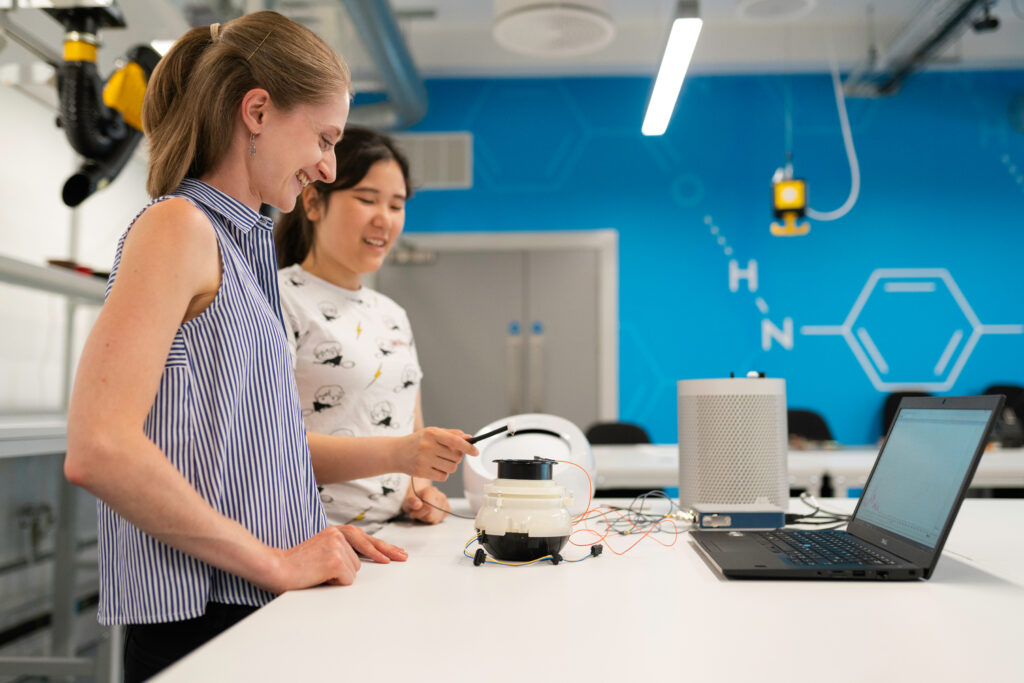Afterschooling may simply be defined as education that supplements your child’s education above and beyond their regular schooling. It is one form of homeschooling, but it comes as an addition to the regular studies that children carry out during their school hours. While the term afterschooling may have gained popularity more recently, the concept is in fact not recent at all. All the activities that you may have been indulging your children, from music lessons to horseback riding, are part of this idea of afterschooling.
It is important to know that afterschooling and homeschooling are not the same things. Afterschooling is homeschooling after regular traditional schooling, and parents who afterschool their children do not have to go through any difficulties obtaining formal and legal documentation for their children’s education. Furthermore, afterschooling is a way to add structure and more detail to the regular schooling education and may not be enough on its own, unlike full-fledged homeschooling.

Why is adding more education beneficial strategy for your child?
Depending on the age and educational level of the students, as well as the type of after school activities, the benefits may be innumerable. But here are the top five:
1. Deeper and more comprehensive coverage of the students’ formal education and coverage of topics that are either skimmed through or ignored altogether in schools.
2. A more well-rounded education, including any practical experiments or field trips.
3. Better and individual attention to students about the subjects they are struggling with.
4. Enabling children to choose the subjects they wish to learn more about, instead of limiting them to regular school curriculum.
5. Counter the traditional schooling’s potential impact of limiting a child’s natural talents or curiosity and restricting the range of opinions and viewpoints.

How to develop an effective routine?
The idea of afterschooling is to ensure that the regular schooling is complemented and enhanced. Afterschooling should not hinder or in any way complicate the educational routine for students. So the most important step of the planning process should come after taking into account the subjects and study schedules of students’ traditional schooling. Here are five steps you can take to get most out of afterschooling.
- Install flexible structure
If the children are already attending regular schools, then that means their formal education is taking place at a standard and steady pace. Afterschooling is the way for them to improve upon their understanding and knowledge but it should not become a burden for them. Therefore, while it is imperative that there is a disciplined and punctual routine for afterschooling education, it should allow the children to take breaks or skip a day or two if they feel like doing so.
- Include a variety of activities
Whatever your aims may be from afterschooling, there needs to be more than a strict set of activities to ensure that it remains fun for the children. A uniform routine would just behave as another school after the regular school and can potentially become a burden instead of being an exciting mode of learning. Therefore it is important to switch between reading, practical experiments, field trips, and other forms of activities that your children may enjoy.
- Take children on board for planning
Since one of the major advantages to be gained from afterschooling is extra attention to difficult subjects. So it is beneficial to let your children weigh in on what they want to be included in their afterschooling. This should not only be a one-time thing, but it would be even more effective if children can decide – on the same part if not completely – their weekly afterschooling schedules.
- Consider the environment and family time
Afterschooling is an important part of a child’s education but it should not be limited to their formal education. Spending time with children can be high quality bonding and family time as well. That will not only improve their confidence levels but will also encourage them to be more outspoken about their interests. A few days of the week, therefore, afterschooling should be more about family activities than hardcore study. For this to happen, schedule some of the activities in a comfortable milieu, such as play rooms or in the backyard instead of restricting all afterschool activities in the study rooms per se.
- Afterschooling also needs to be budgeted
While most home activities, including study schedules, in afterschooling may be carried out with minimal expenses, as opposed to formal education. But the fact cannot be discounted that certain activities, such as trips, books and science sets etc. may cost extra resources. Therefore, while planning afterschool activities, do keep the possible expenses in mind.

Potential obstacles to afterschooling
In addition to the obvious monetary and time constraints, there are other, less common but potentially more damaging, obstacles. If they are considered beforehand during the planning process, the hiccups and extra expenses can be avoided. One such problem can come from the parents’ own knowledge and teaching expertise. If a child is having troubles with a specific subject and parents are unable to provide the needed attention, a professional instructor should be hired.
Another possibility of hurdles in afterschooling is the available storage space within your home. If your afterschooling includes science sets or other forms of tangible creative projects, then you might need to store them while they are in progress or even after that. Being mindful of this requirement will be beneficial.
Finally, there is always a chance of children trying to run away from their studies, even in afterschooling. To resolve this problem, an easy solution is to include topics of interest for children and to give them the leeway to skip afterschool classes once a month or so.

